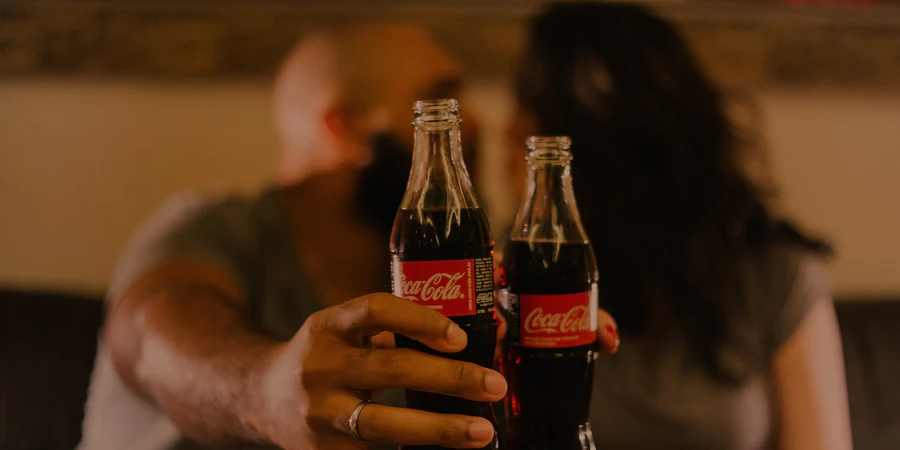Product Design Storytelling Captures Consumer Emotions
Think about the last time you fell in love with a product. You know, one of those items you looked at and thought you just had to buy it. What triggered that response? Was it the features, the benefits, its aesthetics? It was probably all of those things, but the story behind a product is also an incredibly important factor.
Storytelling in product design speaks to consumers’ emotional buying habits. If a product makes a person feel something, they’re much more likely to buy it – that’s where storytelling comes in.
In this article, you’ll uncover what storytelling in product design is, why it’s so important, how to incorporate it into the design process, and much more.
Who Does Storytelling in Product Design Matter?
Products aren’t human. They’re inanimate objects that, without storytelling, don’t have personality.
However, when you introduce storytelling in product design, you’re presented with a platform to humanize products, making them more relatable to your target audience. Once a product becomes relatable, it taps into the emotions of consumers. And, once someone is emotionally tied to a product and brand, they’re much more likely to become a loyalty advocate.
Coca-Cola’s Share A Coke campaign brought personalization to the party and gave consumers even more reason to buy a bottle of the best-selling soft drink. Over the years, Coca-Cola has become synonymous with its focus on spreading happiness and joy. The Share A Coke campaign tapped into this by encouraging people to buy Coke for each other.
How did they do this? They introduced names on bottles and set up an online store where anyone could order personalized bottles. People felt joy when they found a bottle with their name on it and were more inclined to buy an additional bottle for friends or family when they saw their name too.
Coke’s product design storytelling was perfectly executed with this campaign.
Elements of Compelling Product Design Storytelling

Well-crafted product design storytelling takes a problem consumers face and empowers them to overcome it.
This could be done in many ways, but it requires product design and marketing to come together and forge an interconnected and meaningful message.
Nike’s products are the perfect example of embodying storytelling. The Just Do It campaign is the guiding light for all Nike design and product marketing. Now, all Nike products make people feel empowered. Somehow, people believe wearing or using Nike will make them perform better like they can do anything.
Capturing the struggle or problem of your audience and making them confident they can overcome it—that’s the art of storytelling.
Today, when people see the Nike logo, they instantly think of high-quality products that induce premium performance.
Incorporating Storytelling Into the Product Design Process
To successfully execute storytelling, you must ensure it’s inserted into the product design process from the beginning.
Step 1: Market Research
You can’t create a compelling story without knowing your audience. As mentioned, successful storytelling relies on tapping into the challenges, wants, and needs of your target audience.
Conducting market research empowers you to uncover details about the lives of your consumers. And, when done correctly, you can discover how they want to feel and what they want to achieve – that’s crucial for storytelling.
Step 2: Test Your Product
Before going to market, be sure to test your product design with real users. This enables you to gauge their response to your storytelling. Are they feeling the way you anticipated? Does your product inspire the emotions you intended?
If not, take a step back and rework your design.
Step 3: Remain Focused on the Story
It can be easy to sway from your initial purpose throughout the product design process. If you do, you lose sight of the end goal—creating a product your target audience resonates with and will purchase.
Conclusion
Product design storytelling builds emotional connections between brands, products, and consumers.
When branding, marketing, and product design align perfectly, businesses can build a loyal customer base that believes in and advocates for their products.
To master the execution of storytelling in product design, you should keep customers at the forefront of every decision you make. Uncover the challenges our target audience face, create a solution that helps them, and make them feel like their life will be better with your product.
Got an exciting product idea? Get in touch today, and we’ll work together to create a compelling storytelling product.

